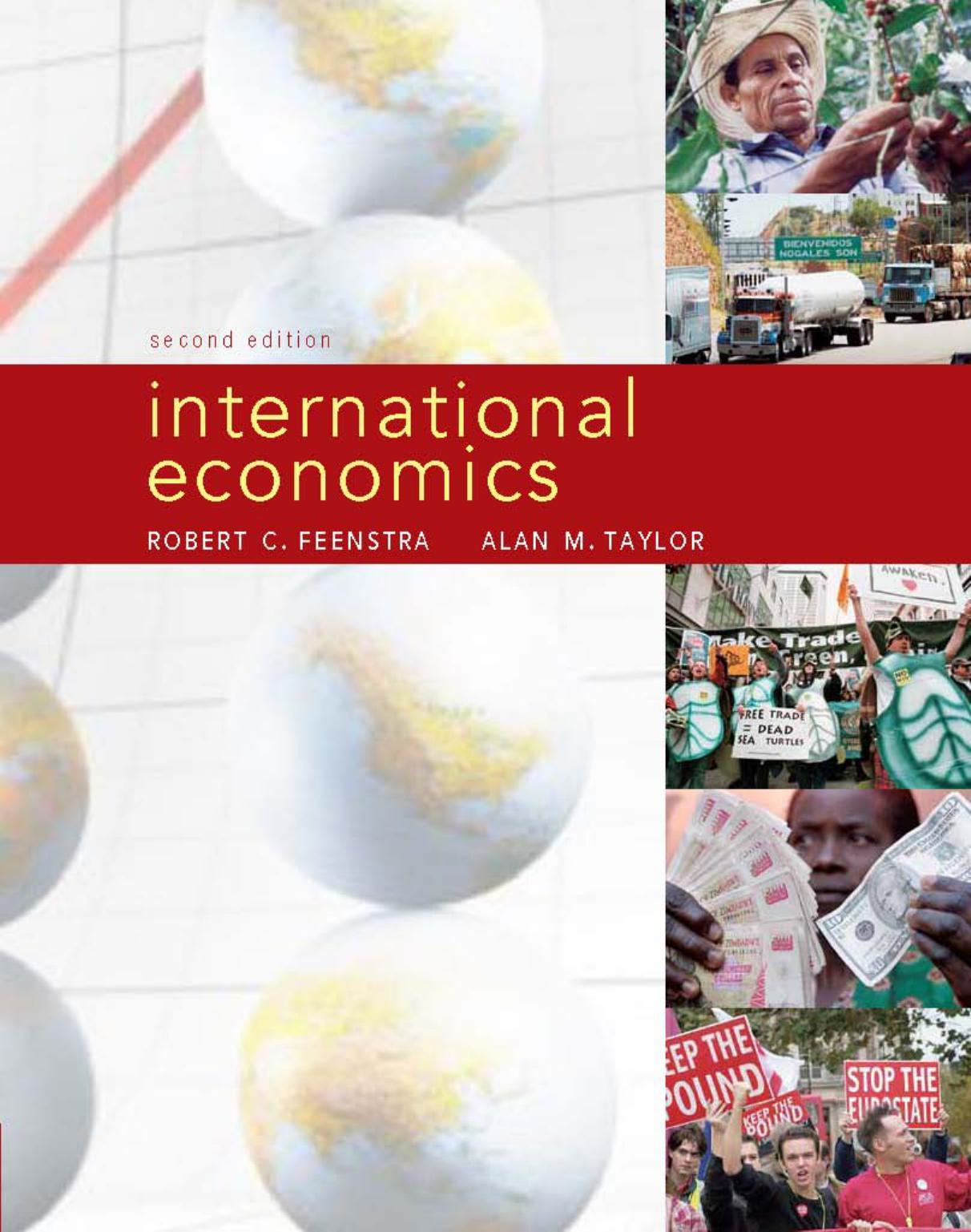10. In Table 5-2, we show the growth in the real rental and real wages in Singapore,...
Question:
10. In Table 5-2, we show the growth in the real rental and real wages in Singapore, along with the implied productivity growth. One way to calculate the productivity growth is to take the average of the growth in the real rental and real wage. The idea is that firms can afford to pay more to labor and capital if there is productivity growth, so in that case real factor prices should be growing. But if there is no productivity growth, then the average of the growth in the real rental and real wage should be close to zero.
To calculate the average of the growth in the real factor prices, we use the shares of GDP going to capital and labor. Specifically, we multiply the growth in the real rental by the capital share of GDP and add the growth in the real wage multiplied by the labor share of GDP. Then answer the following:
a. For a capital-rich country like Singapore, the share of capital in GDP is about onehalf and the share of labor is also one-half.
Using these shares, calculate the average of the growth in the real rental and real wage shown in each row of Table 5-2. How do your answers compare with the productivity growth shown in the last column of Table 5-2?
b. For an industrialized country like the United States, the share of capital in GDP is about one-third and the share of labor in GDP is about two-thirds. Using these shares, calculate the average of the growth in the real rental and real wage shown in each row of Table 5-2. How do your answers now compare with the productivity growth shown in the last column?
Step by Step Answer:







